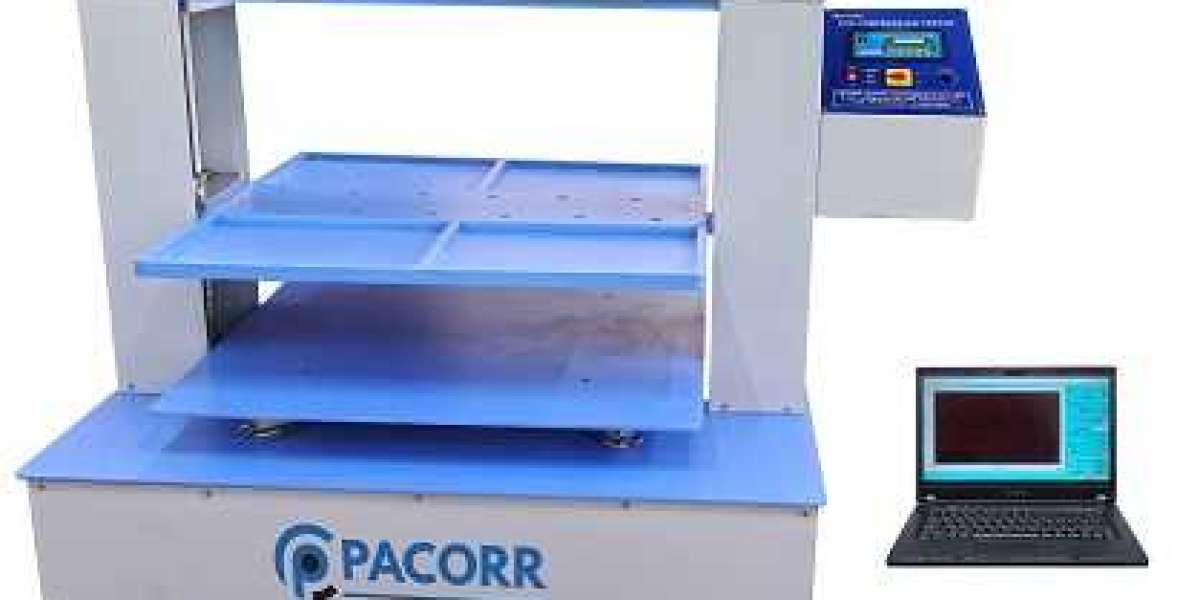Augmented Reality (AR) is a transformative technology that overlays digital information onto the real world, enhancing our perception and interaction with our surroundings. Unlike Virtual reality (VR), which immerses users in entirely virtual environments, AR integrates digital elements into our physical environment, creating a seamless blend of the virtual and real worlds. This article explores the wonders of AR, its applications, benefits, and the innovative contributions of The Portal Search, a leading virtual reality development company offering AR solutions to deliver immersive customer experiences.
Understanding Augmented Reality
Augmented Reality enhances our real-world experiences by superimposing digital content, such as images, videos, and 3D models, onto our physical environment. This is typically achieved using AR devices like smartphones, tablets, AR glasses, and headsets. The technology utilizes sensors, cameras, and computer vision algorithms to detect and interpret the real world, allowing digital content to interact with the physical space accurately.
Key Components of AR
- AR Devices: These include smartphones, tablets, AR glasses (e.g., Microsoft HoloLens, Magic Leap), and headsets. These devices have built-in cameras and sensors to capture and process the real-world environment.
- Software and Applications: AR experiences are powered by sophisticated software that tracks the user's environment and overlays digital content. Applications range from gaming and entertainment to education, retail, and industrial use.
- Tracking and Mapping: AR systems use technologies like SLAM (Simultaneous Localization and Mapping) to understand and map the user's environment in real-time, enabling precise placement of digital content.
Applications of Augmented Reality
Augmented Reality has diverse applications across various fields, enhancing how we interact with and understand the world around us.
Gaming and Entertainment
AR has made a significant impact on gaming and entertainment. Games like Pokémon GO have demonstrated the potential of AR to create engaging and interactive experiences by blending digital elements with real-world environments. AR enhances traditional gaming by allowing players to interact with their surroundings in new and exciting ways.
Education and Training
AR is revolutionizing education by providing interactive and immersive learning experiences. Students can explore 3D models of historical artifacts, human anatomy, and scientific phenomena, enhancing their understanding and retention of information. In professional training, AR is used to simulate real-world scenarios, such as medical procedures, machinery operation, and emergency response, providing hands-on practice in a safe environment.
Retail and E-commerce
AR is transforming the retail and e-commerce sectors by enhancing the shopping experience. Retailers use AR to allow customers to visualize products in their own space before making a purchase. For example, furniture retailers provide AR apps that let customers see how a piece of furniture would look in their home. Similarly, fashion retailers use AR to offer virtual try-ons, allowing customers to see how clothes or accessories would look on them.
Healthcare
In healthcare, AR is used for medical training, diagnosis, and treatment. Surgeons use AR to visualize and plan complex procedures, overlaying 3D models of anatomy onto the patient's body during surgery. AR also assists in patient education, allowing doctors to explain medical conditions and treatments using interactive 3D models.
Real Estate and Architecture
AR is transforming the real estate and architecture rendering industries by providing virtual property tours and interactive design visualizations. Prospective buyers can use AR apps to explore properties remotely, seeing how furniture would fit in a space or visualizing renovations. Architects use AR to present their designs to clients, overlaying digital models onto physical spaces to provide a realistic preview of the final result.
Industrial and Manufacturing
AR is enhancing industrial and manufacturing processes by providing real-time information and guidance to workers. AR headsets and smart glasses display instructions, diagrams, and data overlays, improving efficiency and reducing errors. AR is also used for remote assistance, allowing experts to guide workers through complex tasks by overlaying digital annotations onto the real-world environment.
The Benefits of Augmented Reality
Augmented Reality offers numerous benefits, making it a valuable tool for personal and professional use.
Enhanced Visualization and Understanding
AR enhances visualization and understanding by providing interactive and immersive experiences. Digital overlays make complex information more accessible and easier to comprehend, improving learning outcomes and decision-making processes.
Increased Engagement and Interaction
The interactive nature of AR increases engagement and interaction. Users are more likely to stay focused and interested when they can actively explore and manipulate digital content in their real environment. This increased engagement leads to better learning, higher customer satisfaction, and improved productivity.
Real-time Information and Guidance
AR provides real-time information and guidance, helping users perform tasks more efficiently and accurately. In industrial and manufacturing settings, AR displays real-time data and instructions, reducing errors and improving performance. In retail and e-commerce, AR offers personalized recommendations and visualizations, enhancing the shopping experience.
Remote Assistance and Collaboration
AR enables remote assistance and collaboration by overlaying digital annotations and guidance onto the real world. Experts can provide real-time support to workers or customers, improving problem-solving and reducing downtime. AR also facilitates remote collaboration, allowing teams to work together and share information regardless of physical location.
Emotional and Psychological Benefits
AR can provide emotional and psychological benefits by offering therapeutic and relaxing experiences. AR applications are used in therapy to treat conditions such as anxiety, PTSD, and phobias by providing controlled exposure to triggering stimuli. AR also offers engaging and motivating ways to support mental health and well-being.
The Portal Search: Innovating with AR Technology
The Portal Search is at the forefront of integrating augmented reality into real-world experiences. As a leading virtual reality development company, they specialize in creating immersive and interactive AR solutions that transform how businesses and individuals interact with their environment.
Expertise in AR Development
The Portal Search's team of skilled developers and designers are experts in AR technology. They work closely with clients to understand their needs and develop customized AR applications that provide unique and engaging experiences. Whether it's creating an AR app for retail, developing training simulations, or designing interactive educational tools, their expertise ensures high-quality outcomes.
Innovative Solutions
Innovation is central to The Portal Search's approach. They continuously explore new technologies and techniques to push the boundaries of what is possible with AR. Their commitment to innovation allows them to deliver cutting-edge solutions that meet the evolving needs of their clients and provide real value.
Case Studies and Success Stories
The Portal Search has a proven track record of delivering successful AR projects across various industries. One notable project involved developing an Augmented Reality (AR) app for a leading furniture retailer. This app allows customers to visualize furniture in their own homes, improving the shopping experience and increasing sales. Another success story includes creating an AR training simulation for a manufacturing company, providing workers with interactive and engaging training that enhances their skills and performance.
Conclusion
Augmented Reality is a transformative technology that is bridging the gap between the digital and physical worlds. Its ability to overlay digital content onto real-world environments is revolutionizing gaming, education, retail, healthcare, real estate, and industrial processes. The Portal Search, a leader in AR development, is at the forefront of this transformation, delivering innovative solutions that harness the power of AR to create immersive and impactful experiences. As AR technology continues to evolve, the potential for augmented reality to enhance our real-world experiences is limitless. By embracing AR, we open the door to new possibilities for visualization, interaction, and engagement.








